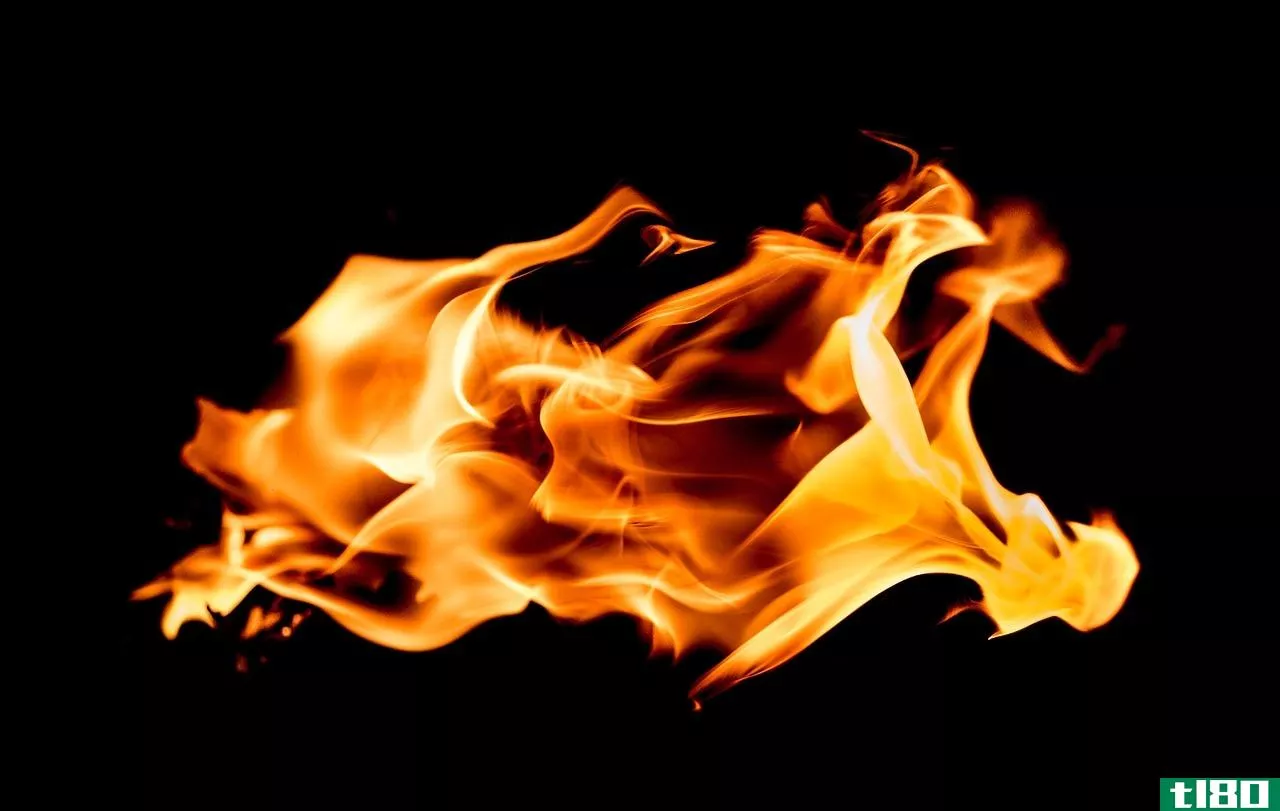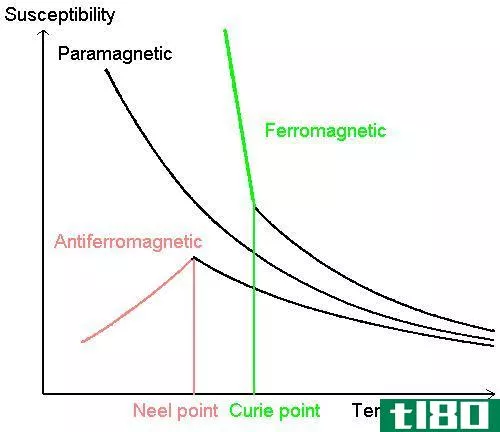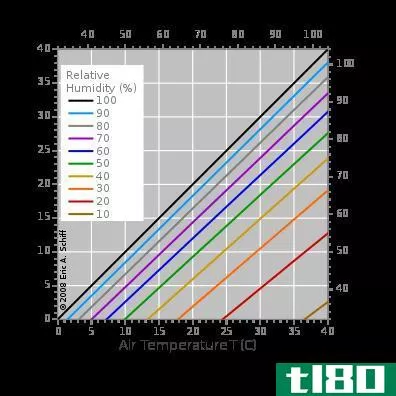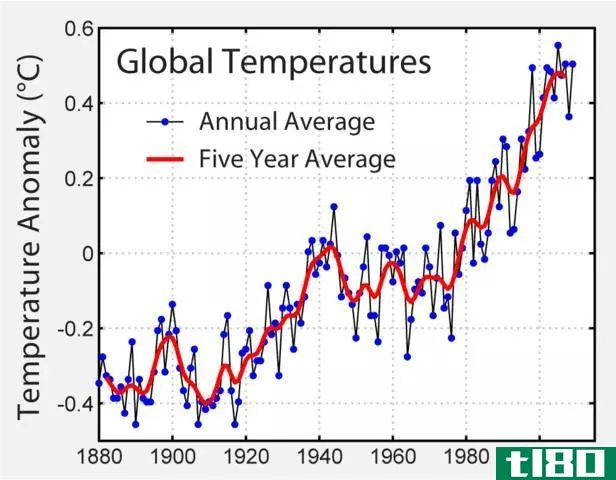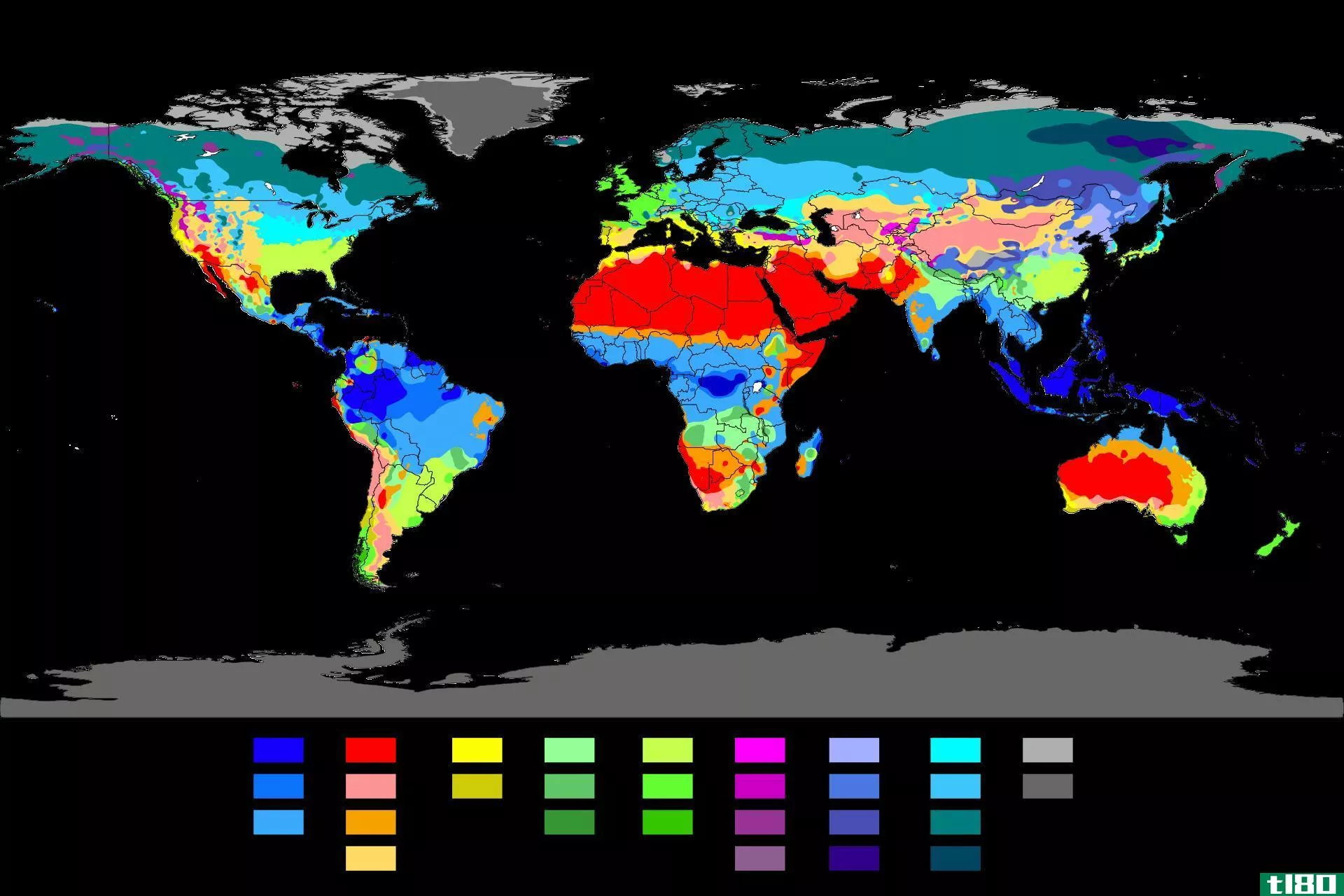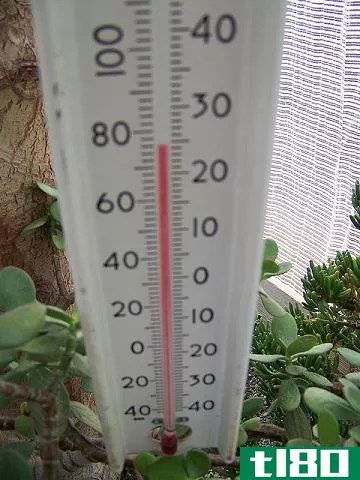温度(temperature)和风寒(wind chill)的区别
温度与风寒
在气象学和热力学学科中,经常使用某些概念。其中两个概念是风寒和温度。这些话你们以前听过;如果不是在课堂上,那么也许是在电影里。
大多数人都知道事物和物质(在任何状态下)是由许多粒子组成的。当这些粒子运动时,它们产生一种能量形式(动能)。测量这种能量将产生对温度的感知。在外行的术语里,它被描述为一个特定事物的热或冷,可能是活的,也可能是非活的。当物质的粒子移动得更快时,它们会变得更热;或者更冷,如果反过来。使用各种刻度,如分级温度计,人们可以很容易地测量物质的温度。今天使用的分级系统或单位校准有多种类型。的确,与风寒这个更具体的话题相比,温度是一个更具包容性的概念。
温度和风寒很不一样。风寒是指一个人暴露在外面有风的环境中时感觉到的皮肤表面温度。它更多的是个人感受到的温度,而不是实际的温度,这是另一个不同的概念。风寒的感知温度取决于风的传播速度,其次,取决于空气温度的高低。
也就是风寒因子,风寒通常比实际气温低。然而,在表观温度大于空气温度的情况下,则使用另一个指数(热指数)来计算风寒。对于非生物物体,风寒将物体表面温度降低到环境温度水平。然而,对于人类和其他生物(尤其是温血动物),它们通过对流和蒸发冷却过程来防止生物内部系统内的快速温度变化,从而通过热损失机制来抵消“寒冷”。当这种热量损失持续时,就会发生冻伤,甚至死亡。
总的来说,温度和风寒是不同的,因为:
1.与风寒相比,温度是一个更宽泛的概念。
2.风寒是感知的表观温度的量度,而温度本身是物质运动粒子动能的量度。
- 发表于 2021-06-23 01:33
- 阅读 ( 286 )
- 分类:通用
你可能感兴趣的文章
闪点(flash point)和自燃温度(auto ignition temperature)的区别
...准规定了测定闪点的方法。 什么是自燃温度(auto-ignition temperature)? 自燃温度是一种物质能够自燃的最低温度。在这里,材料开始燃烧,没有任何外部火源的影响,这种点火发生在除温度以外的正常大气条件下。温度提供启动燃...
- 发布于 2020-09-26 00:05
- 阅读 ( 1035 )
居里温度(curie temperature)和尼尔温度(neel temperature)的区别
...温度与尼尔温度的表格形式 6. 摘要 什么是居里温度(curie temperature)? 居里温度是某些材料失去其永磁性能的温度或高于这个温度。这是材料磁性的急剧变化。感应磁场通常可以代替失去的磁性。永磁是由于材料磁矩的排列而产...
- 发布于 2020-10-16 03:29
- 阅读 ( 1254 )
玻璃化转变温度(glass transition temperature)和熔化温度(melting temperature)的区别
...的表格形式 5. 摘要 什么是玻璃化转变温度(glass transition temperature)? 玻璃化转变温度是指非晶态或半晶态聚合物的粘性或橡胶态转变为脆性玻璃态的温度。这是一个可逆的转变。在玻璃化温度以下,聚合物像玻璃一样坚硬。在玻...
- 发布于 2020-10-20 05:51
- 阅读 ( 926 )
露点(dewpoint)和湿球温度(wet bulb temperature)的区别
...与湿球温度的表格形式 5. 摘要 什么是露点温度(dewpoint temperature)? 露点温度是空气被水蒸气饱和的温度。换言之,这是我们应该冷却空气使空气饱和的温度。因此,当进一步冷却时,水蒸气开始凝结并形成露珠。但当温度低于...
- 发布于 2020-10-22 16:28
- 阅读 ( 1314 )
温度(temperature)和热能(thermal energy)的区别
什么是温度(temperature)? 温度是一种物理性质,表征宏观系统中处于热力学平衡的粒子的平均动能。它是物质的一种属性,它量化了冷暖的概念。较热的物体比较冷的物体温度高。 温度在自然科学的所有领域——物理、地质、...
- 发布于 2021-06-25 15:05
- 阅读 ( 616 )
气候(climate)和温度(temperature)的区别
...氧化碳是一种以蓄热能力著称的气体。 什么是温度(temperature)? 温度是一个物理量。在基本水平上,温度与原子和分子的动能有关。温度在化学、物理、地球科学和医学等科学领域都非常重要。 测量温度 科学上测量温度最...
- 发布于 2021-06-26 06:13
- 阅读 ( 421 )
比热(specific heat)和热容量(heat capacity)的区别
...)? Specific heat () describes the amount of heat required to raise the temperature of a kilogram of a substance by 1 oC or 1 K. In some fields, the amount of heat required to raise temperature by 1 gram is also often c***idered. If a substance having a mass is given an energy , and this r...
- 发布于 2021-06-27 03:53
- 阅读 ( 1349 )
焊接(soldering)和钎焊(brazing)的区别
...hen it is not necessary for the metals to be joined tightly. The soldering temperature is around 400°C. Soldering can be divided into three main secti***; Soft Soldering, Silver Soldering, and Brazing. The tin-lead alloy is commonly used for soft soldering whereas silver soldering uses a silver all...
- 发布于 2021-06-27 09:25
- 阅读 ( 598 )
气候(climate)和天气(weather)的区别
...。 Weather is forecasted by collecting meteorological data like humidity, temperature, air pressure, wind directi***, and speed, etc. The study of weather is known as meteorology. 气候(climate)和天气(weather)的区别 定义 气候是一个特定地区长期的天气模式。 天气是一个...
- 发布于 2021-06-27 21:49
- 阅读 ( 533 )
冷血(cold blooded)和温血动物(warm blooded animals)的区别
...lassified into two broad categories based on the ability to regulate body temperature with the surrounding temperature: these two categories are cold-blooded (ectotherms) and warm-blooded (endotherms) animals. The main difference between cold blooded and warm blooded animals is that the cold-bloode...
- 发布于 2021-06-27 23:50
- 阅读 ( 442 )
